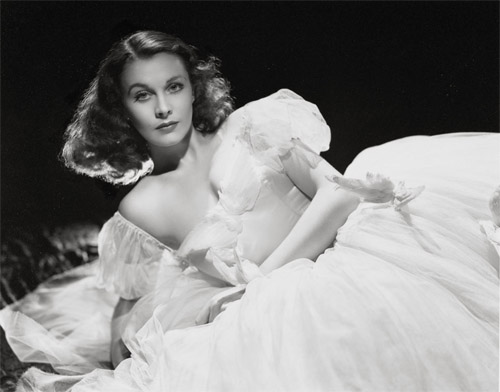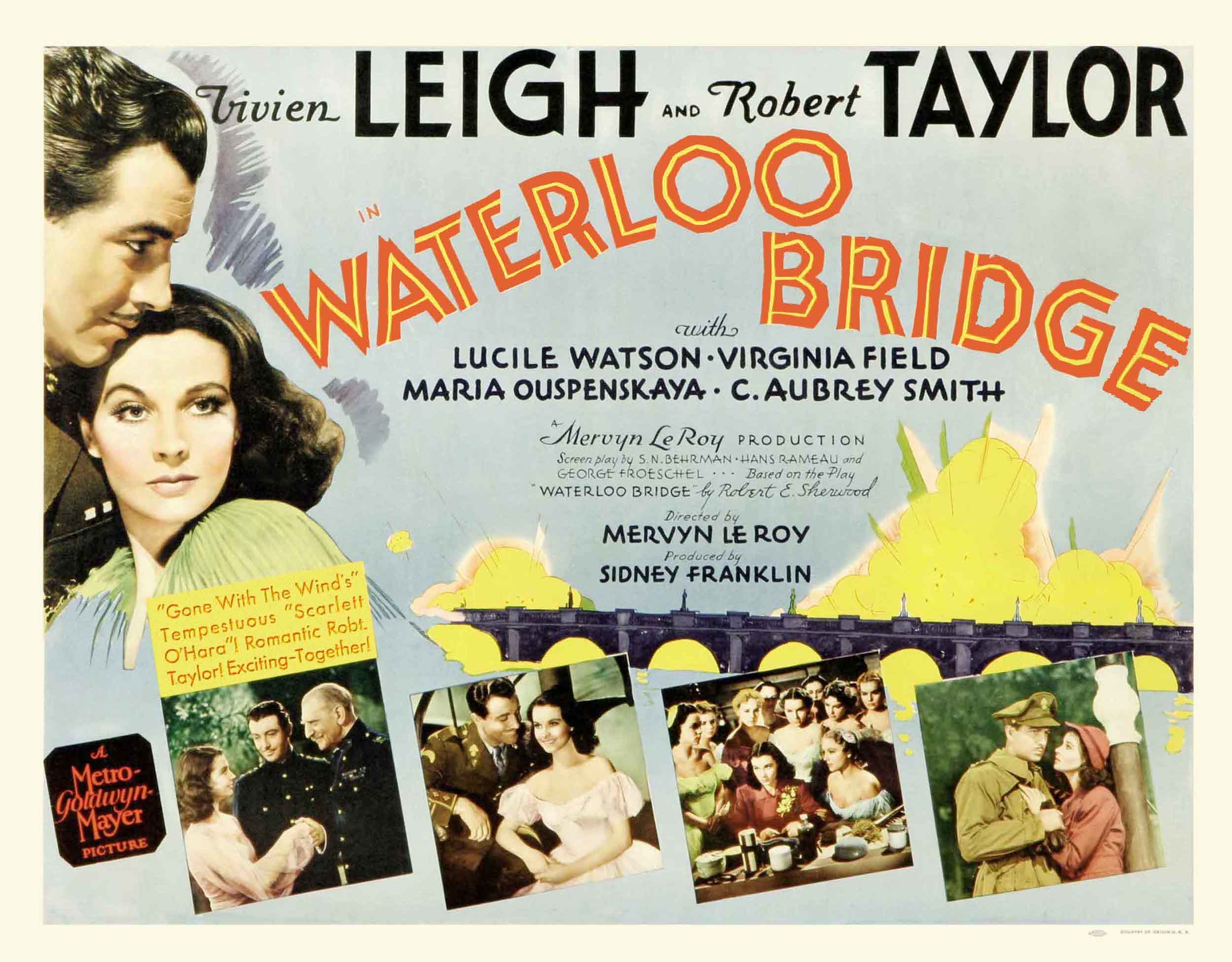TFE's Vivien Leigh Centennial Celebration continues with Abstew on Leigh's own favorite

Even if Vivien Leigh had only created Scarlett O'Hara and Blanche DuBois on film, her place as a Hollywood legend would be unquestionably well secured. Her portrayals of those two Southern Belles are so iconic that the rest of her modest filmography tends to get overlooked (she made only 19 films in her career, more than half of them British films before her star-making performance in Gone With the Wind). It certainly doesn't help that many of the films are not easy to find and some, like the 1955 film version of Terrance Rattigan's play The Deep Blue Sea (another film version of the play was released last year with Rachel Weisz which, incidentally, earned her many comparisons to Vivien Leigh), have never been made available for home viewing (although you can watch the entire film on youtube here. Not the best quality, but worth it for die-hard Vivien Leigh fans). But if there's one film that she should most be remembered for past GWTW and Streetcar, it's the film that Leigh, herself, claimed as her personal favorite of all her films, 1940's Waterloo Bridge.

After Gone With the Wind's enormous success made Vivien Leigh a household name, the studios were clamouring to find a follow-up project for her. But Leigh had only one thing on her mind: Laurence Olivier. The two had started having an affair while both were still married to other people during the filming of 1937's Fire Over England. There was even a decency clause in her GWTW contract stating that she and Olivier were not allowed to be seen in public together. But by early 1940, both their spouses had agreed to divorce, allowing Leigh and Olivier to marry.
Leigh was enamored with Olivier and tried desperately to be cast opposite him for her next film. She did a screen test to play the second Mrs. de Winter in Rebecca but Hitchcock felt she wasn't right for the part and sensed that her interest in the role was only linked to Olivier's involvement. She was then promised to star with him in Pride and Prejudice, but the part ended up going to Greer Garson. She only initially agreed to the part in Waterloo Bridge when she was told that Olivier would be her co-star. However, Robert Taylor, one of MGM's biggest stars at the time, was cast instead. Despite his star-status, it was Leigh who receives top-billing for the film with the advertisements declaring it as her first picture since Gone With the Wind.
The film itself was based on a 1930 play by Robert E. Sherwood and there had already been a film version made in 1931. Set during WWI, the remake is book-ended with the start of WWII. It was one of the first films to depict the current war raging in Europe that had begun months before. The filmmakers must have been so eager to capitalize on current events (all of the costumes and sets are clearly 40s) that they forgot that the story actually takes place 30 years earlier. British Captain Roy Cronin (the very American Taylor) recalls when he met Myra Lester (Leigh), a young ballet dancer, during an air raid as they sought shelter while crossing Waterloo Bridge. The two fall quickly in love and become engaged before he is shipped off for war. When Myra skips a performance to say good-bye to Roy she is kicked out of the ballet troupe. Later she mistakenly reads his name on a list of Officers that have died in battle. With no source of income and no chance of meeting her beloved again, Myra turns to prostitution to survive. When Roy unexpectedly returns back from the war ready to marry Myra, she wants to avoid scandal for him and decides to make the ultimate sacrifice.
In the original story, Myra was a chorus girl and already a prostitute when she meets Roy. And that sacrifice Myra makes isn't apart of the original. It was just an accident, Myra having no control over the outcome. The story was changed due to censorship codes of the time. But the changes in the version with Vivien Leigh, I feel, improve the story. The 1940 film is one of the most romantic melodramas ever made. If Myra had always been deceiving Roy about her profession, we wouldn't care as much about the dissolution of their relationship since it was built on lies. But Myra turning to prostitution from no other alternatives, makes her reunion with Roy all the more heartbreaking. One of Leigh's most powerful moments of the film occurs at Waterloo station when she sees Roy again. A depth of emotions are conveyed wordlessly - shock and disbelief at seeing him again and then ultimately shame, confusion, and guilt for what she has become.


After seeing Leigh as the fiery, headstrong Scarlett who brazenly declares her survival ("As God as my witness, I'll never go hungry again!"), it's interesting to see Leigh so vulnerable and delicate. Her Myra, like Scarlett, is a survivor but her survival is not about overcoming or thriving but just that -- survival, day to day. When her means of survival ends up destroying her only love and any chance of happiness she could have, the strain becomes too much and her spirit has shattered. After their first night out together, Roy remarks that it's confusing how one so young and lovely could have such a defeatist attitude of life. But Myra knows that life doesn't always work out the way you plan and to expect too much can be more than you can bear. She's ultimately right, as their ending is anything but happily ever after.
It would be easy to convey all of this with cynicism, but the film is so unapologetically romantic that you get swept up in its sentiment. And even though you know from the beginning that it'll end in tragedy, that doesn't stop you from savoring the moments the couple has together. Like when Myra gives Roy her good luck charm on Waterloo Bridge. Or when Roy comes to see Myra perform in the ballet and she gives a knowing smile at her bow. Or the scene of their first date when the band plays Auld Lang Syne and then, one by one, snuff out the candles at their music stands leaving Myra and Roy to have their first kiss in darkness.
Like Myra and Roy's love affair, Vivien Leigh's career in film was beautiful but brief. And just as Roy takes out the good luck charm to be reminded of her, we'll always have Waterloo Bridge and Leigh's performance to remind us that she was more than just Scarlett and Blanche.